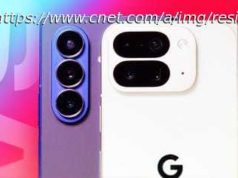Google has announced that it will be discontinuing its goo.gl URL shortening service in order to shift the focus towards Firebase Dynamic Links.
On Friday, Google announced that it would be ending support for its goo.gl URL shortening service. Google’s Michael Hermanto said that starting April 13, anyone who had not used goo.gl before March 31 would not be allowed to create new short links. Existing users will have access to the service for one year before it will be completely shut down on March 30,2019. While the service will be dismantled, existing URLs will still redirect to the appropriate location.
Google’s decision to end the popular ULR shortening service, which was launched in 2009, is part of the company’s efforts to shift gears toward Firebase Dynamic Links. FDLs are smart links meant to allow developers to redirect users to any location on a web page or within a mobile app. The company encouraged consumers who wanted to create new short links to either make use of its free FDL service or to use a link shortening service such as Bitly or Ow.ly.
For developers, however, the company strongly recommended that they make the switch over to FDL. Google told developers that unlike existing short links, FDLs would automatically detect the platform that is being used, and redirect users to a web page or mobile app depending on which service was best suited to their platform. Google also said that FDLs would be more likely to survive the app installation process than standard links, which would make it easier for new users to find the content they need.
Another possible benefit of the move towards FDLs is one of security. In 2016, it was reported that shortened URLs were more vulnerable to security flaws than standard links, though Google and Microsoft book took action to address those issues.
In addition to a focus on FDL links, Google said that its decision to end goo.gl was due to the changing ways in which users navigated the web. The company said that when it launched the service in 2009, the majority of users used desktop web browsers to access the internet. That has changed a lot in the past nine years, with users using smartphones, apps, and digital assistants to access the web.






